We may earn money or products from the companies mentioned in this post. This means if you click on the link and purchase the item, I will receive a small commission at no extra cost to you ... you're just helping re-supply our family's travel fund.
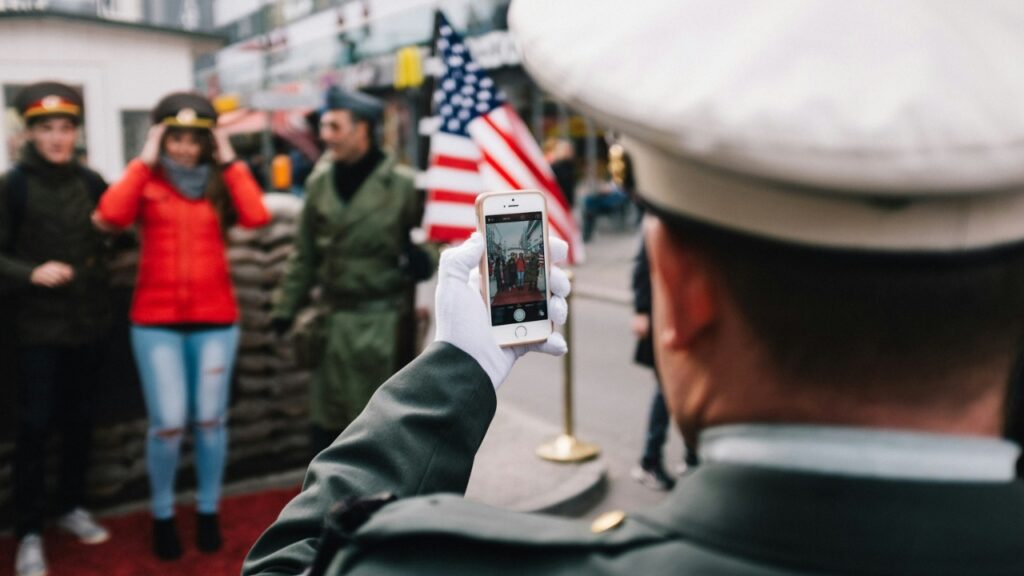
It is a strange and profound experience to stand where a continent was once split in two. Tracing the path of Europe’s former Iron Curtain is not a journey of scenic vistas, but of somber reflection. You’ll find yourself in quiet forests once filled with watchtowers, on city streets where families were severed by concrete, and in forgotten bunkers built for a war that thankfully never arrived. Visiting these sites offers a tangible connection to a not-so-distant past, revealing the deep scars and incredible resilience that shaped the Europe we know today.
Berlin Wall Memorial, Germany
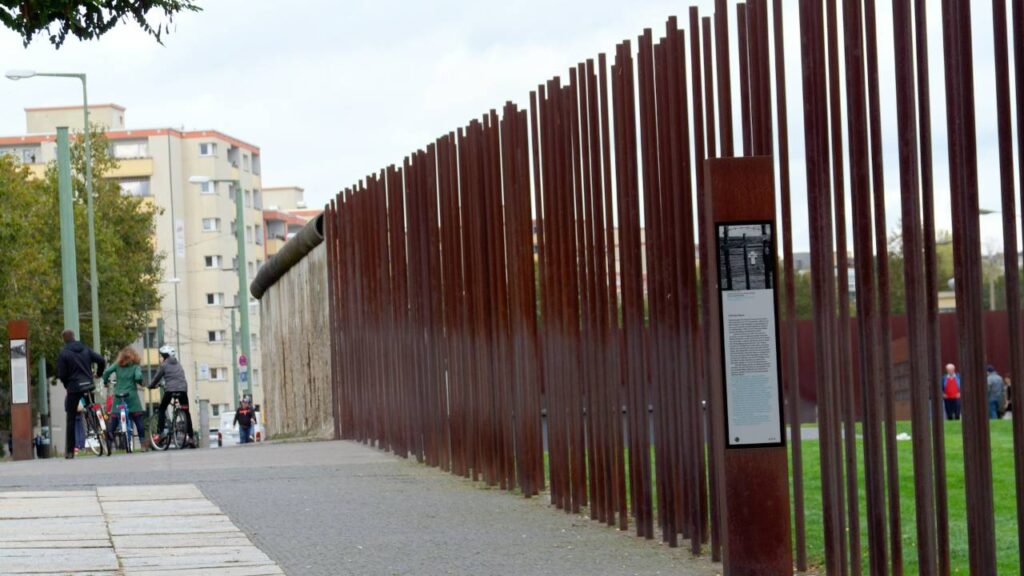
At Bernauer Strasse, you stand within a preserved “death strip” where the border once cut directly through neighborhoods. A reconstructed section reveals the outer wall, guard towers, and open kill zone exactly as they existed. The visitor center shares real stories of escapes and those who perished, while the Chapel of Reconciliation, built on the footprint of a church destroyed to make room for the border, offers a solemn place of reflection.
Checkpoint Charlie, Germany
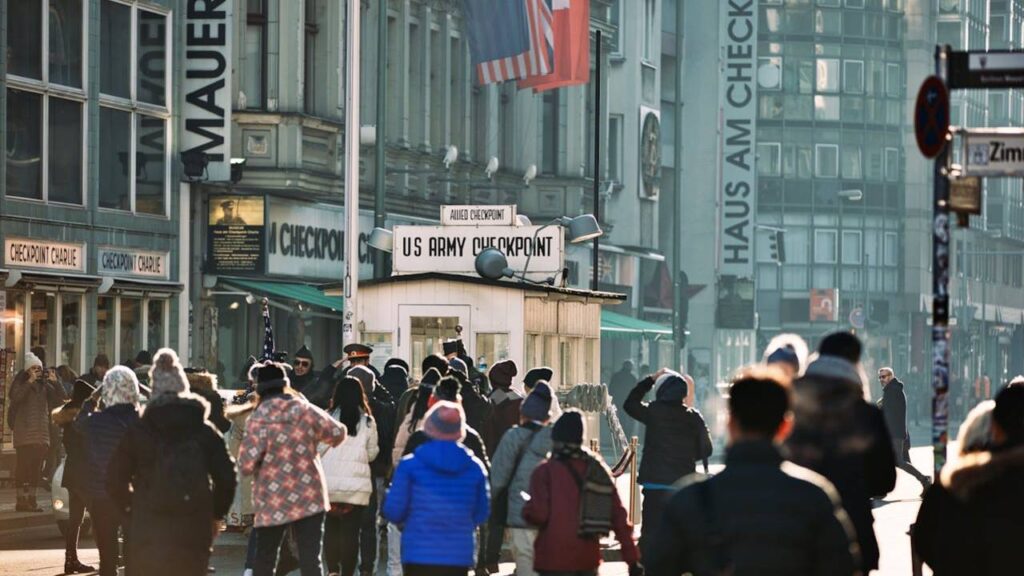
Now busy with souvenir shops, Checkpoint Charlie was once the world’s most famous border crossing. Here in 1961, American and Soviet tanks faced each other in a terrifying standoff that symbolized Cold War brinkmanship. Today the spot has a recreated guardhouse, but its most compelling draw is the Mauermuseum nearby, filled with exhibits on daring escapes that used balloons, hidden compartments, or tunnels to reach freedom.
Bridge of Spies, Germany
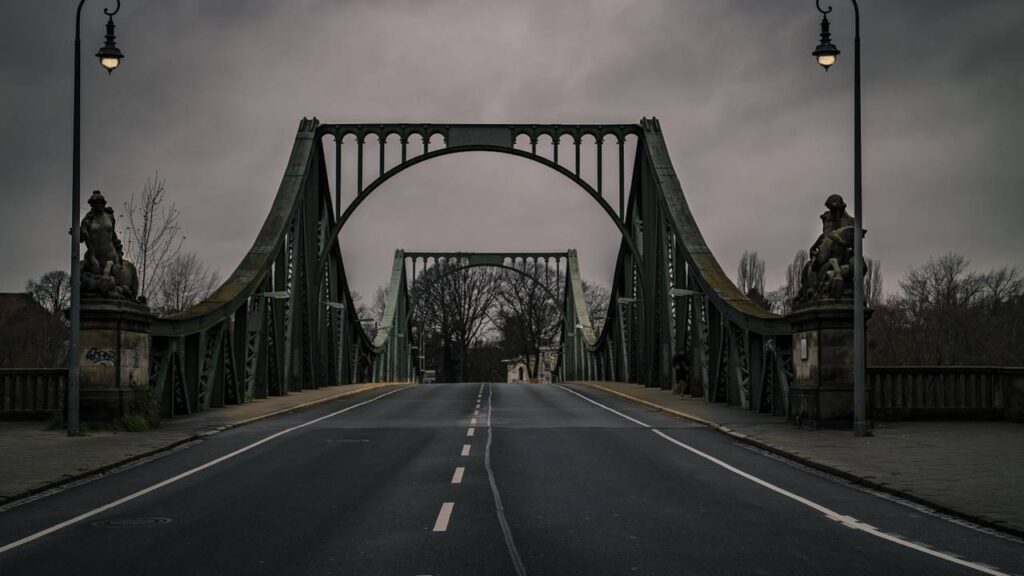
Connecting Berlin with Potsdam, the Glienicke Bridge feels ordinary until you recall its clandestine past. This unassuming steel structure was a primary Cold War location for exchanging captured spies between the Americans and the Soviets. Walking across it, you can almost feel the tense silence of those foggy mornings when agents were traded, a quiet, high-stakes drama played out far from public view. It is a place where history feels whispered on the wind over the Havel river, a stark contrast to its peaceful, modern role.
Stasi Museum, Germany
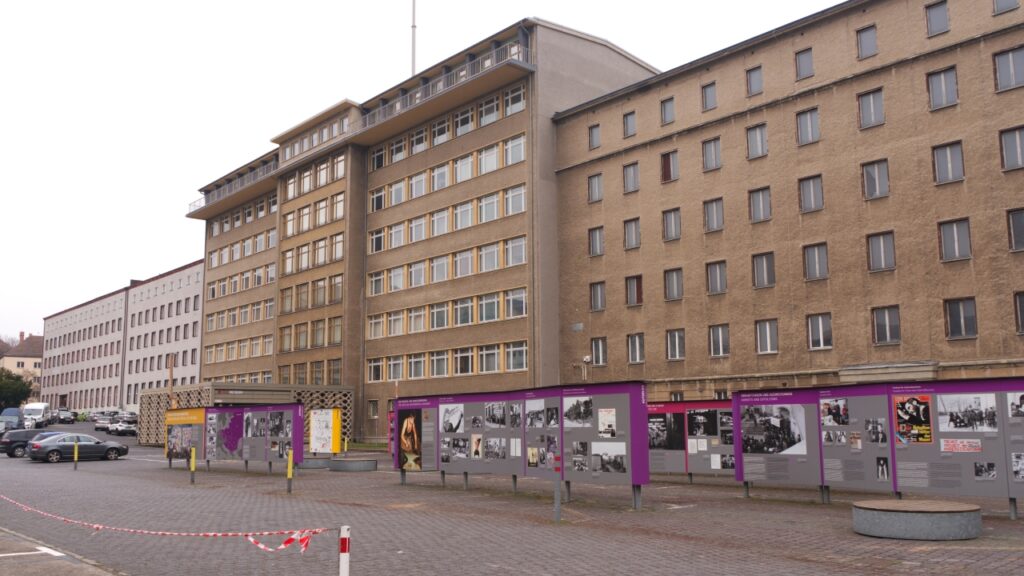
Step inside the nerve center of East Germany’s notorious secret police. Housed in the original headquarters of the Ministry for State Security, this museum is a deeply unsettling look at the mechanics of a surveillance state. You can walk through the preserved, wood-paneled offices of Stasi chief Erich Mielke and see the vast archives and clever spy equipment used to monitor and intimidate millions of citizens. It is a powerful, almost suffocating, reminder of the psychological walls that were just as real as the concrete ones.
House of Terror, Hungary
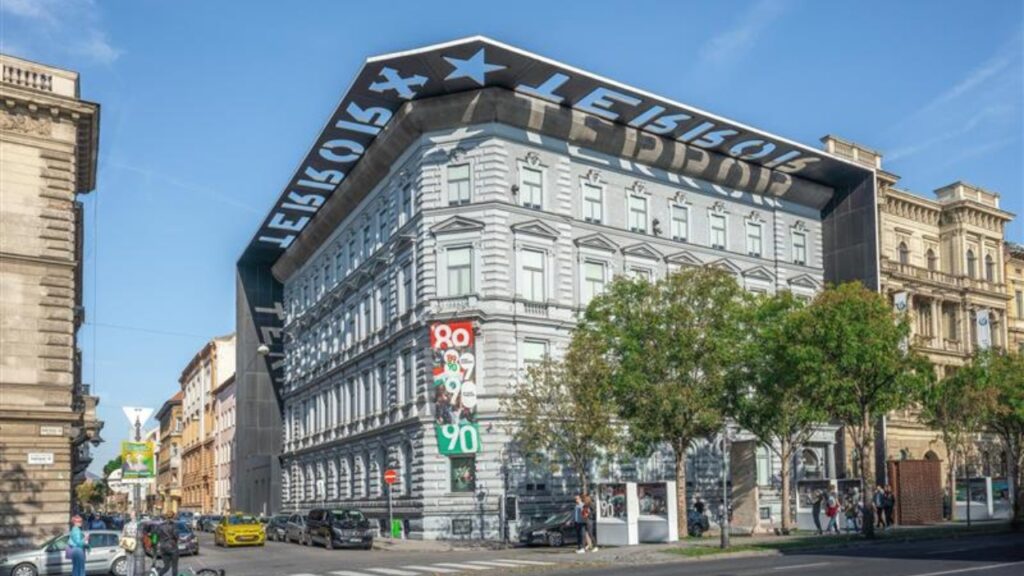
Located in Budapest, this museum occupies the former headquarters of both the fascist Arrow Cross Party and the communist secret police. The experience is intentionally confronting, guiding you through dark corridors that detail the brutal interrogations inflicted within these walls. The exhibitions use powerful multimedia displays and stark installations, culminating in a slow elevator descent to the basement prison cells. It is a raw and necessary exploration of the double tyrannies that scarred Hungary through the 20th century.
Plokštinė Missile Base, Lithuania
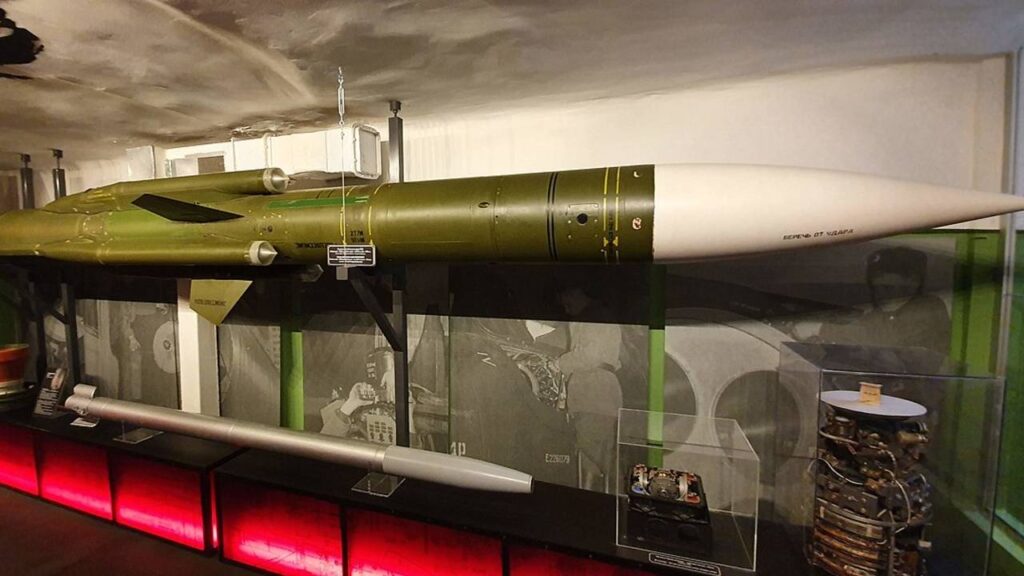
Deep within Žemaitija National Park lies the Soviet Union’s first underground nuclear missile site, built in 1962. For over a decade, it housed SS-4 rockets aimed at Western Europe. Today the immense concrete silo and command rooms hold Lithuania’s Cold War Museum. A walk through the base conveys the Cold War’s tension and the quiet dread of a world that once lived daily under the shadow of potential annihilation.